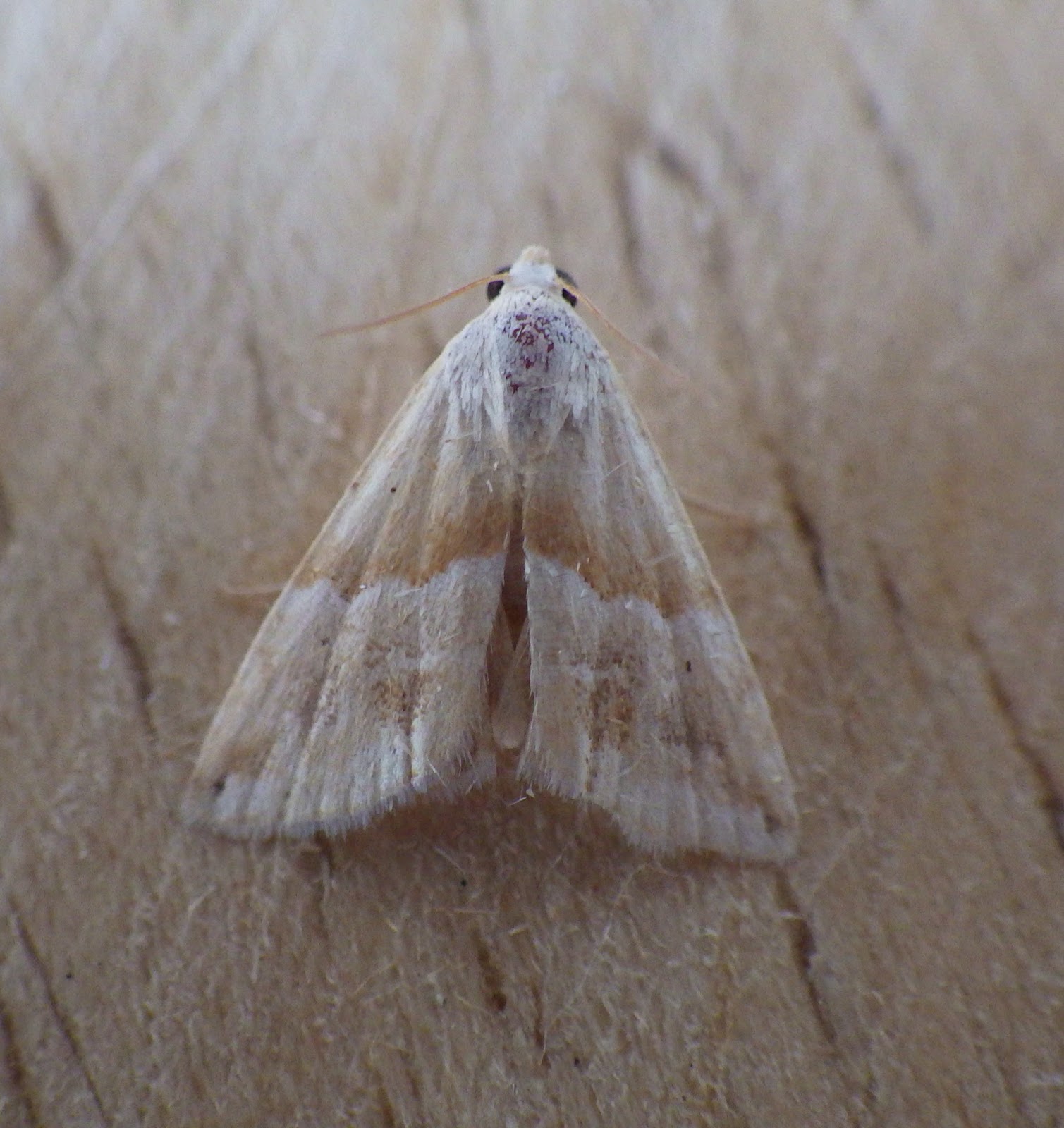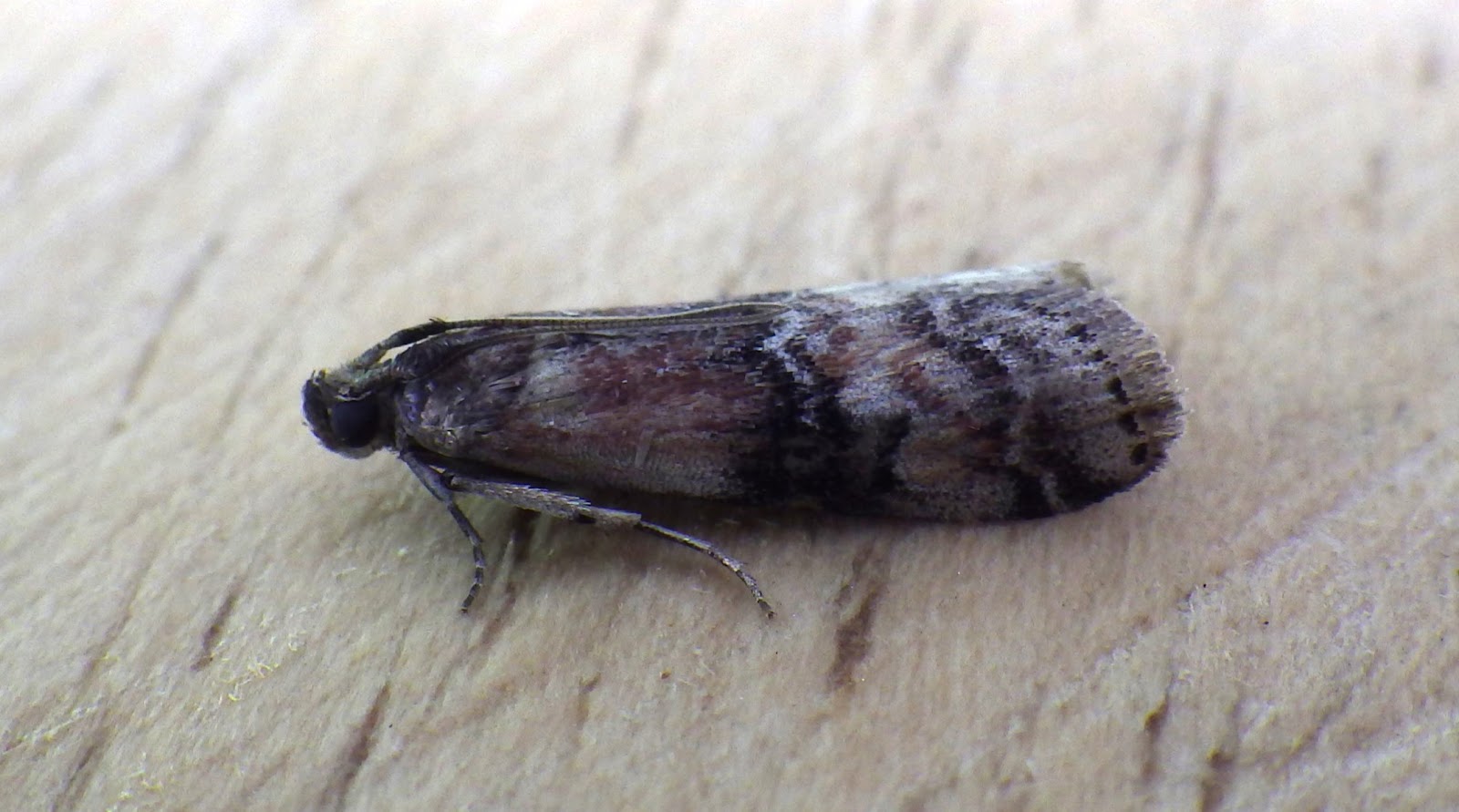I`ve been very busy on `non-moth` matters recently though the early starts required at least allowed me to keep up the moth trapping, of which quite a few nights (c 20+) have been done in recent weeks. I`ve been using my mains actinic and the MV (though the latter has `packed in` and my attempts at repair are, so far, unsuccessful). The hot weather has encouraged dispersal (`wandering`) as well as an influx of migrants though my success with the latter has not been too grand - just a few common species, with the exception of a small marbled (on the same night that Sam caught one in Monmouthshire). My small marbled (shown below) was a 2nd vcr and follows Huw John`s record from Pembrey in 2024.
Of the wanderers that turned up in my suburban trap, a sand dart was probably from the nearby coastal sandy grasslands (though I`m about 0.5ml+, `as the moth flies`, from the coast). Photo below:
The photo above shows the view from just above my flat roof trap site with Gower and the Burry Inlet in the distance. Left click to enlarge.The photo above shows Rhodophaea formosa, a pyralid that I used to catch fairly regularly at Pwll where its suspected food-plant - English elm Ulmus procera - lined an adjacent hedgerow, but a recent catch at my present west Llanelli garden was a pleasant surprise. Francis Lawson also has caught it on one occasion at Pwll and Mel Jones has also recorded it at Llansteffan. These are the sole Carmarthenshire records.
Other recent visitors to my garden trap included beautiful hook-tip, four-spotted footmen (actually quite regular, male & female shown in the photo), blue-bordered carpet, bordered beauty, leopard moth (no photo) and cream-bordered green pea. I`ve had good numbers of rosy footmen this year and, whilst not scarce, it is certainly an attractive species.
I was also pleased to catch Tinea trinotella (it`s larvae occupy birds` nests); something that I`ve only caught once before (I think!). The adult below would n`t stay still so it was placed in the freezer for two minutes (they normally recover, which this one did - but it scuttled off the instant it stood on its legs).
....and the next species is easiest to record by finding its leaf mines on lime leaves, though occasionally the tiny adult comes to light - Bucculatrix thoracella:













No comments:
Post a Comment
Note: only a member of this blog may post a comment.